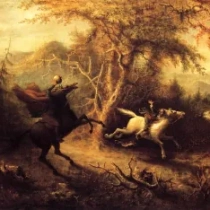 1801 - 1881
romanticism
1801 - 1881
romanticism
Description John Quidor
John Quidor, a visionary American artist of the 19th century, left an indelible mark on the art world with his unique blend of Romanticism and a fascination with the supernatural. Born in 1801 in Tappan, New York, Quidor's early life was marked by a deep curiosity about the mysterious and the otherworldly, which would later become a defining theme in his artwork.
Quidor's artistic journey began as an engraver's apprentice, but his true passion lay in painting. He pursued his studies under the tutelage of the renowned American portraitist John Wesley Jarvis. This apprenticeship allowed him to hone his technical skills while also developing a keen eye for detail.
One of the most remarkable aspects of Quidor's career is his ability to merge the ordinary with the extraordinary. His works often featured everyday scenes of rural life in the Hudson River Valley, but with a twist. Quidor had a penchant for introducing elements of the supernatural and the fantastical into his paintings. This unique approach gave rise to a genre known as "folkloric Romanticism."
Quidor's masterpiece, "The Headless Horseman Pursuing Ichabod Crane," exemplifies his signature style. Inspired by Washington Irving's "The Legend of Sleepy Hollow," the painting captures the chilling moment when the headless specter of the Hessian trooper chases the terrified Ichabod Crane through a moonlit forest. Quidor's meticulous attention to detail and his ability to evoke a sense of dread make this work a classic in American art history.
While he gained recognition for his unique style, Quidor faced challenges during his lifetime. His works were not always well-received by critics of the time, who were more inclined towards traditionalism. However, his dedication to pushing artistic boundaries and his commitment to portraying the mystical and the macabre in his paintings earned him a devoted following.
Quidor's legacy endures as an artist who dared to venture into the realm of the unknown. His ability to infuse the ordinary with the supernatural and his role in shaping the American Romantic tradition make him a singular figure in the annals of art history. John Quidor's artistic journey serves as a testament to the power of imagination and the enduring allure of the mysterious.


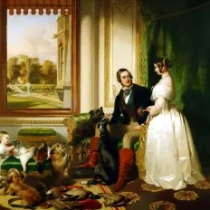
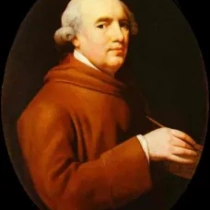

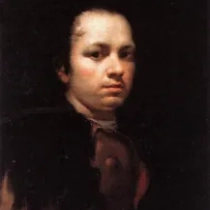
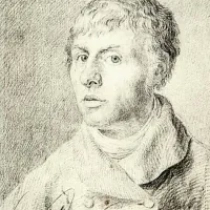
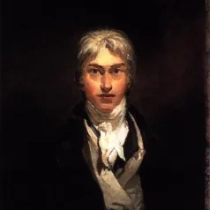
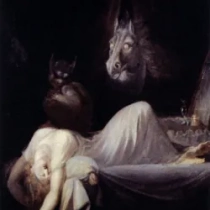
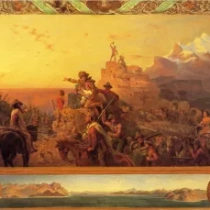
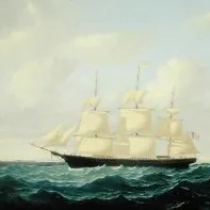
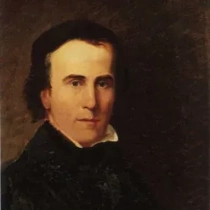

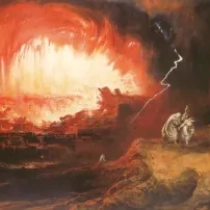
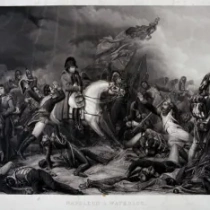
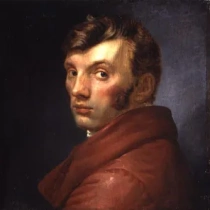
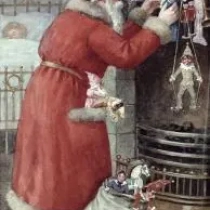

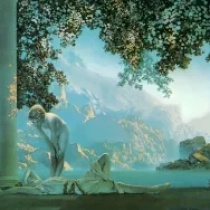
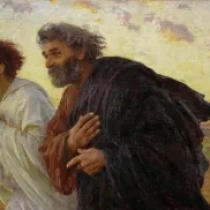
No Comments Yet...